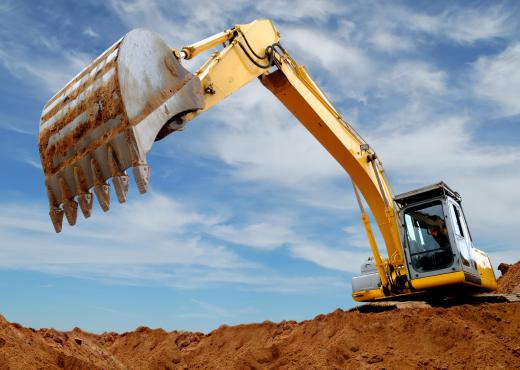Hydraulic excavators, also called diggers, are used for a variety of applications. These high-performance excavators are especially useful for work areas that are more confined and less amenable to conventional equipment. Hydraulic excavators are used in applications ranging from the construction of roads and pipelines to mining and the excavation of rocks containing diamonds and gold.
The work equipment portion of a hydraulic excavator consists of hydraulic cylinders, a boom, an arm, and a bucket. This work equipment is involved in the actual work of digging and loading. Adjusting the oil level in the hydraulic cylinder can change the movement accuracy of the working equipment.

Those who’ve viewed hydraulic excavators in action often liken the movements of the working equipment to those of an actual arm. The boom portion of the equipment acts very much like the upper portion of a human arm, including the elbow and the shoulder. The arm portion behaves much like the portion of an arm that starts at the elbow and ends at the wrist. The bucket portion can be compared to a cupped hand.

Hydraulic excavators offer much versatility. The buckets in these excavators can be removed and replaced with drills, scissors, or even crushing equipment. It is this level of versatility that makes hydraulic excavators so helpful in a large range of applications.
Though the working equipment arm does the digging work, it is not at all the only important part of a hydraulic excavator. The upper structure of an excavator is important as well and can be viewed as the heart of the machine. It holds the engine, hydraulic pump and tank, and the swing motors. These important devices are responsible for making the excavator dig and load.
The lower section of a hydraulic excavator is also vital. It consists of the mechanisms that make the excavator move along the road, up a hill, or across a construction site. There are hydraulic excavators that have wheels for movement and others that have crawlers.
In the United States, most hydraulic excavators have crawlers, as they are better suited to moving along rough roads and maneuvering along steep slopes. Crawlers are belt-like tracks used in place of wheels. Hydraulic excavators with crawlers are also more practical for muddy areas than those with wheels.

